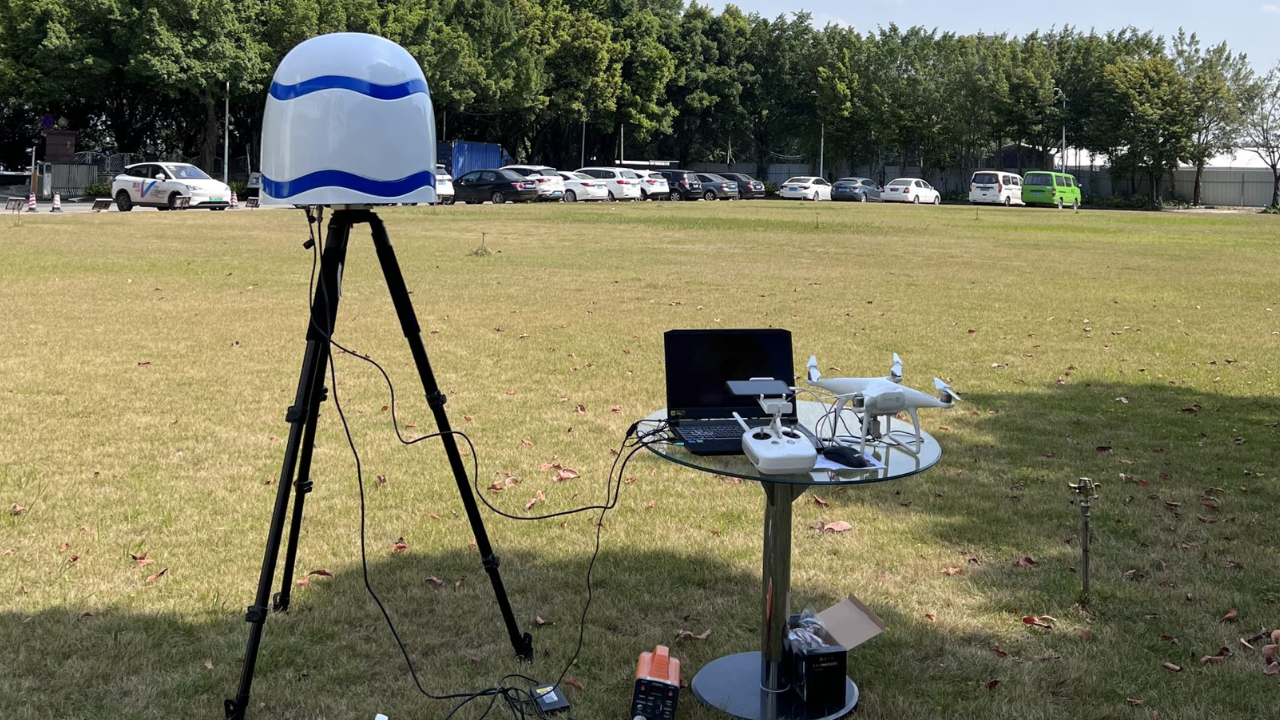The implementation of anti-drone devices is crucial in reducing the increasing hazards associated with unapproved drone operations. To efficiently identify and neutralize drones, these systems incorporate cutting-edge technology including radar, radio frequency (RF) jamming, and optical sensors.
Some use state-of-the-art directed energy weapons, such as lasers, to guarantee quick and accurate countermeasures. Strong anti drone system are becoming more and more necessary to protect vital infrastructure, public areas, and high-security regions as consumer drones continue to proliferate.
These technologies offer a proactive deterrent against malevolent drone incursions by not only spotting and identifying possible threats but also responding quickly and precisely. Their deployment is essential to keeping our airspace safe and secure from ever-changing threats.
What Justifies the Need for Anti-Drone Systems?
To combat the growing threats brought on by the widespread use of drones, anti-drone devices are required. Unauthorized monitoring, privacy violations, and the possibility of drone-enabled attacks on vital infrastructure are all reduced by these systems’ detection, identification, and neutralization of unauthorized or possibly hostile drones. Their function is vital in preserving safety and protecting airspace from new threats associated with drones.
Understanding the Range of Anti-Drone Systems
Anti-drone systems are made to function at various ranges to handle a variety of situations. The factors listed below affect these systems’ operational range:
Radar Range and Technology:
Long-range detection capabilities make radar, the mainstay of anti-drone technologies, formidable. In anti-drone installations, conventional radar systems, phased array radars, and frequency-modulated continuous wave (FMCW) radars are frequently employed. Detection over significant distances is possible with traditional radar systems because they produce radio waves and detect reflections. But in complicated surroundings, they might have trouble reducing interference and clutter, which would reduce their effectiveness.
On the other side, phased array radars provide electronic beam guiding, which allows for quicker scanning and greater accuracy. These systems frequently have longer ranges and better scenario flexibility. FMCW radar provides accurate range information because of its continuous transmission and receiving. FMCW radar can be added to anti-drone systems to enhance long-range detection, even though it is usually utilized for shorter-range purposes.
The Restrictions of RF Detection:
Anti-drone systems employ radio frequency (RF) detectors as their ears, which pick up communication signals sent by drones to their controllers. While RF detection often has a lower range than radar, it is nevertheless very important for verifying drone existence and determining communication patterns.
Nevertheless, RF transmissions are prone to interference, and in situations where there are a lot of competing signals, the effective range may be hampered. To reduce noise and improve the accuracy of RF detection within its working range, sophisticated algorithms are frequently used.
Environmental Factors:
The environment has a significant impact on the operational range of anti-drone systems. Weather conditions like rain, fog, or high winds might affect sensor performance and lower the system’s overall efficacy. One of the challenges that system developers often try to solve is how to adapt to bad weather.
Furthermore, the operating range of anti-drone systems is influenced by the terrain in which they are installed. Difficulties such as hills, buildings, or thick vegetation can block the view and hinder the system’s capacity to identify drones. Innovative approaches are needed to overcome these obstacles, like placing sensors in high-traffic areas or carefully arranging several sensor nodes.
Technological Innovation and Integration:
Cutting-edge technologies and the integration of several sensor types define modern anti-drone systems. The combination of data from radar, RF detectors, and other sensors known as multisensor fusion improves the system’s overall performance. The constraints of individual sensors are lessened by this integration, increasing the system’s effective range and enhancing its capacity to deliver precise and immediate danger information.
Algorithms for machine learning are essential for adjusting anti-drone systems to changing threat environments. By using these algorithms, the system can identify between authorized and unauthorized UAVs by learning from patterns and behaviors. Through ongoing learning, the system optimizes the use of its resources, which leads to increased efficiency and a wider operating range.
Finally
Robust anti-drone systems are becoming more and more necessary as drones continue to be a major part of many businesses. These systems provide an essential line of defense against unauthorized and potentially harmful drone activity by utilizing a combination of radar, RF detection, jamming technologies, acoustic sensors, and visual recognition.
